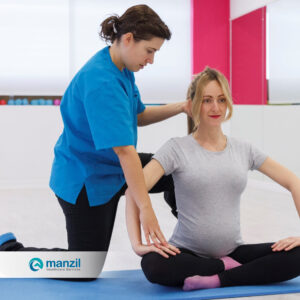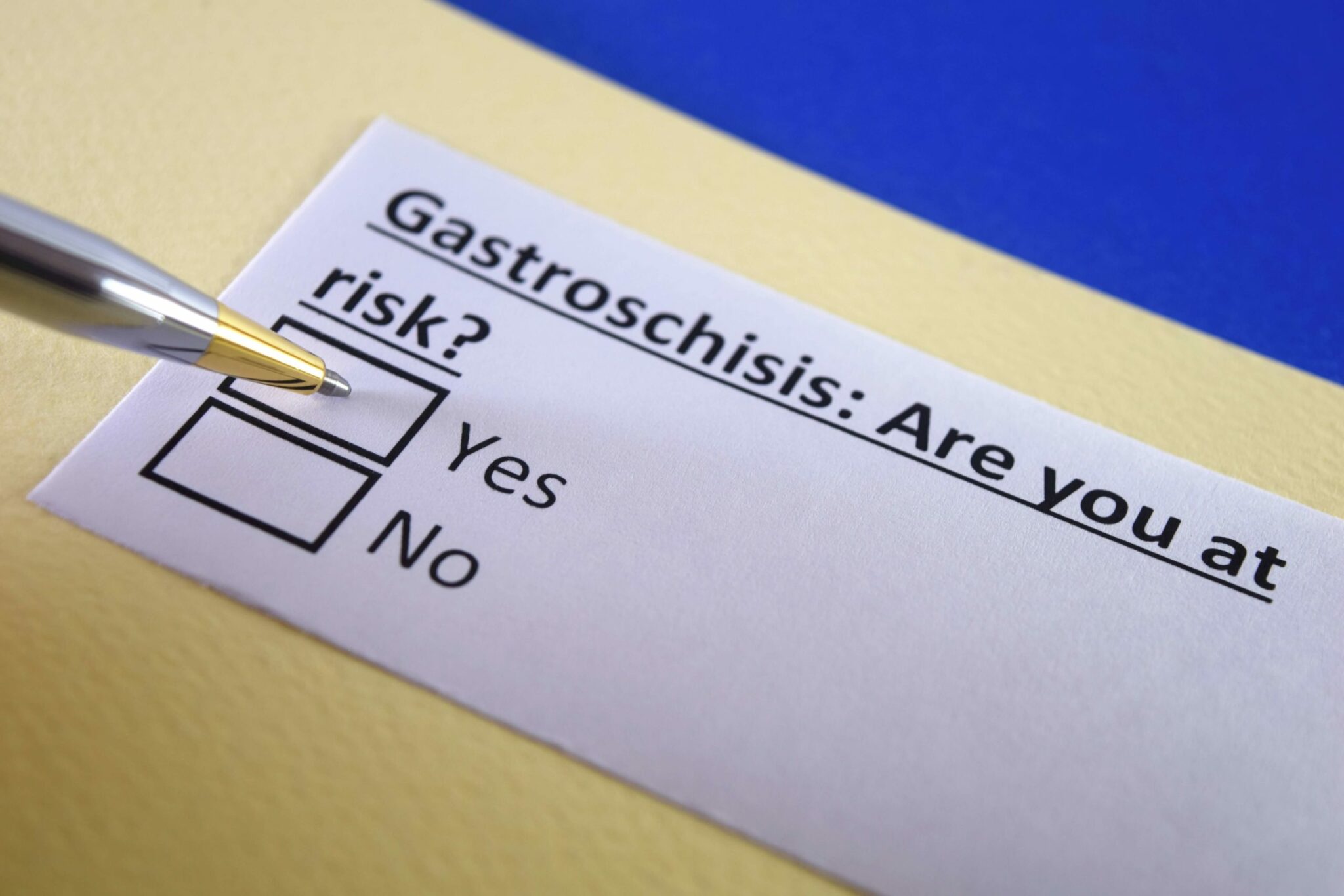SIDS: Sudden Infant Death Syndrome


SIDS, or sudden infant death syndrome, strikes fear into the hearts of new parents. As the name implies, SIDS occurs when a baby dies without an obvious medical reason or explanation. This lack of warning and explanation is especially troubling—SIDS can seem to strike without regard for parenting skills, socioeconomic status, or even the baby’s overall health.
But there is good news: as the study of SIDS continues, we have a better understanding of what causes SIDS and, more importantly, how to prevent it. In fact, largely due to a simple change in recommended sleeping positions, the incidence of SIDS has dropped 53% since the early 1990s.
Today, the American Academy of Pediatrics (AAP) recommendation is simple: always put infants and newborns to sleep on their backs. Side sleeping is not considered safe and is not recommended by the AAP Task Force on Sudden Infant Death Syndrome.
Beyond sleep position, a few other factors have been linked to decreased SIDS, including:
- Breastfeed your baby.
- Limit exposure to tobacco smoke, alcohol, and illicit drugs.
- Share a room with your infant between 6 and 12 months of age, but don’t share a bed.
- Vaccinate your baby.
- Offer your baby a dummy.
- A firm surface, such as those found in a crib mattress, bassinet, or play yard.
Reviewed by Dr. Sara Connolly, December 2018
Sources:
- American Academy of Pediatrics, SIDS and Other Sleep-Related Infant Deaths; Expansion of Recommendations for a Safe Sleeping Environment.
- American Academy of Pediatrics, SIDS and Other Sleep-Related Infant Deaths: Updated 2016 Recommendations for a Safe Infant Sleeping Environment.













































